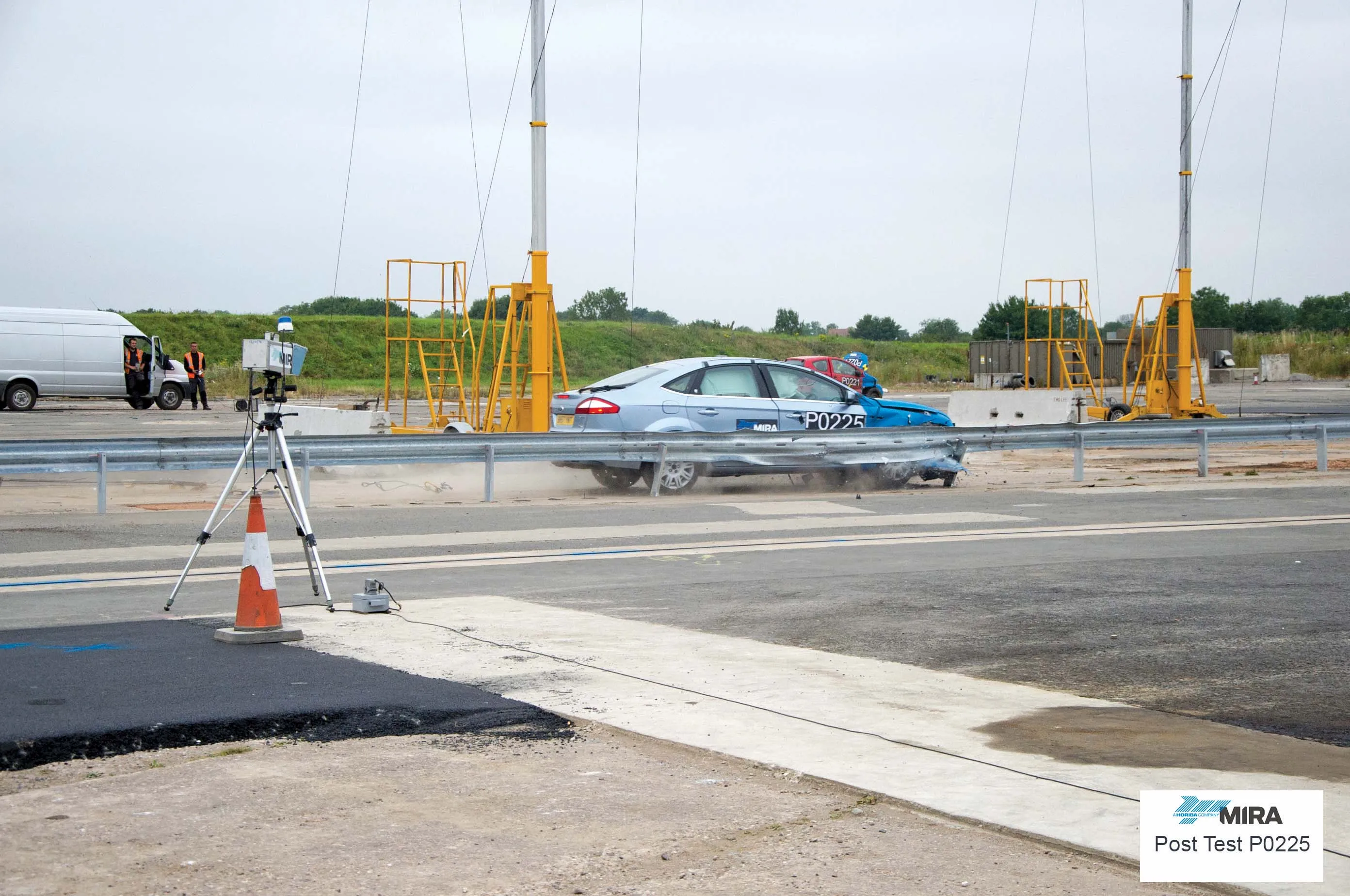The AFB20 (2) Roadside Safety Sub-committee on International Research Activities calls for closer cooperation between road authorities and the industry
On 15 September 2015, the AFB20 (2) Roadside Safety Sub-committee on International Research Activities held its third European workshop in Istanbul, Turkey. About 100 experts from across Europe gathered in the city for the workshop that was organised by
The morning session was dedicated to exploring challenges facing the hEN 1317-5 and to identifying solutions. While there is an overwhelming consensus of the technical benefits of the EN 1317, its incorporation into the provisions of the Construction Products Regulation has led to certain implementation issues.
To address these challenges, the subcommittee held a strategic session with the participation of road authorities, manufacturers and the European Commission. The first sessions debated three issues: certification and market surveillance, additional requirements by road authorities when procuring vehicle restraint systems and the issue of re-testing and rectifying systems linked to the update of the hEN 1317-5.
Concerning certification, a lack of clarity within the standard has led to incorrect certifications leading to unfair market competition and potentially putting road users at risk. In this respect, participants agreed on a dual course of action: strengthen the hEN 1317-5 in order to provide further guidance for certification bodies to reduce errors and, at the same time, to strengthen market surveillance by improving cooperation between the market surveillance authorities, notified bodies and the industry.
On the market surveillance point, work has already begun on a checklist that is to be jointly elaborated by all parties and that will be made available to relevant authorities in the first half of 2016.
With respect to requirements by road authorities for the marketing of products, it was noted that authorities interpret the provisions of the harmonised standard differently. CE marking for road restraint systems should allow companies to market their products freely across Europe. However, several countries argue the need for additional criteria to ensure maintenance and safety.
While it is clear that road authorities cannot ask for additional performance criteria when procuring systems (Court Case C-100/13), there is a still a grey zone with respect to what authorities can further require in order to optimise their maintenance needs without limiting competition.
Given that manufacturers are invested significantly in the development of new products with the perspective of an open European market, it is imperative to arrive at a common ground between the supply (the industry) and the demand (the road authorities).
Regarding the need for re-testing products following updates of the new standards, it was made clear that, from a market perspective, high testing costs make it impossible to insist companies must re-test all products. Given that this is not an issue that can be solved in the standard, it was agreed that the industry should take the lead in developing a compromise proposal that will be put out to consultation.
The event’s afternoon sessions focused mainly on technical developments of vehicle restraint systems. Discussions revolved around the following issues:
- The status of implementation of EN 1317 in Turkey and passive safety support structures (EN 12767) in Europe. Turkey adopted the CE marking regime in 2011 and it should be using it to reduce the consequences of accidents. However, local authorities are not using break away poles in sufficient numbers and more action is needed to ensure better awareness and uptake of these solutions.
- Selection of vehicle restraint systems on Europe's roads: while Europe has common performance standards for safety barriers, its selection criteria differ largely. As such, the SAVeRS project has sought to establish a common methodology for selecting VRS in Europe.
- Status of in-situ barriers: while the pre-cast and steel barrier sector has seen significant improvements, in-situ concrete barriers remain based on 20-year-old designs. But recent developments allow in-situ concrete barriers to achieve better performance in terms of ASI and better durability in terms materials and corrosion resistance. The introduction of the CE marking for in-situ barriers should accelerate innovation, but this means further certification guidelines should be developed.
- Developments in terminals: while significant progress has been made regarding vehicle restraint systems, terminals remain an area for greater improvement. Recent development in the area of energy-absorbing terminals point to the direction of strengthening the relevant provision of the European standard to eliminate loopholes. It also means that guarantees are needed to ensure that terminals which are tested on the road do not present a hazard to road users.
The event pointed out the need for road authorities and industry to work much more closely together in order to tackle common challenges related to a better functioning of the internal market for road restraint systems.
The AFB20 (2) Roadside Safety Sub-committee on International Research Activities will reconvene in Brussels next year.









